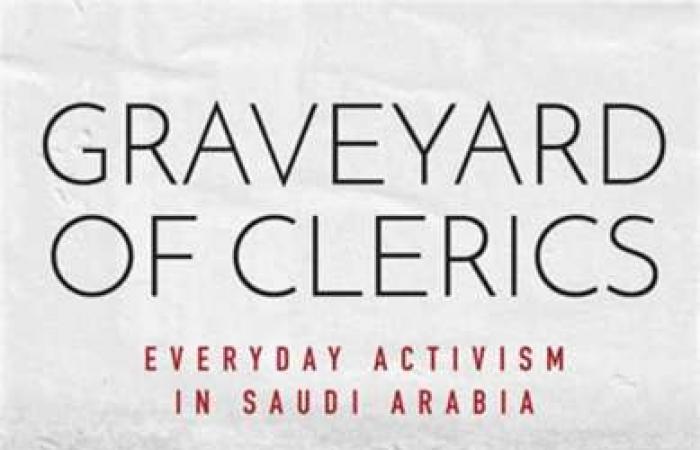The writer, who spent four years in the House of Saud in the places where Islamic activism appeared today for the first time, narrates – as an eyewitness – the stories of people actively confronting the Saudi state, shedding light on how people organize and protest even amid the increasing police crackdown.
Pascal Minoret divided his work into four parts: the Islamic Awakening, the Saudi Suburbs, Awareness Groups and Summer Camps, leaving Islamic activism behind, and the parts together comprise 24 chapters.
This book changes the way we view religious activity in the Kingdom of Saudi Arabia, and it also provides a cautionary tale: the ongoing repression by Saudi elites, often with the complicity of the international community, leads to the suppression of popular political movements with dire consequences for the country and the world. So he says: We need to better understand the complex relationships between activism, reform and repression. So my project is to examine the ambiguities and contradictions inseparable from the daily lives of ordinary activists. But saying that Saudi Arabia is a graveyard for clerics does not only mean that the state, by establishing an official religion, has forced its clerics and preachers to wear a tight tunic, but also means that there is an intimate relationship between the nation and the cemeteries. The Kingdom of Saudi Arabia was born through the process of destroying the graves of saints, prophets and martyrs in the 1920s. After Abdul Aziz invaded the holy cities of Makkah and Madinah, his army demolished the city of death in Al-Baqi ‘, which are cemeteries where relatives of the Prophet Muhammad were buried. The devastation was all-out. The graves were not “accidentally destroyed, but rather they were bulldozed from their places and its land is small, and Saudi Arabia became a cemetery for graves,” according to what was written by a European traveler who passed through Medina in 1926.
Saudi Arabia was born through the process of destroying the graves of saints, prophets and martyrs in the 1920s
Advertisements
Modern cemeteries in Saudi Arabia are surrounded by walls and empty: no gravestones, no inscriptions. Just gravel, sand, or dirt, and to mark every grave, there is a bare stone. In some cities, municipal services “clean” cemeteries every two years to make way for new structures; In Makkah, bodies are pushed aside, and mixed with older bones every year, and burial near the Great Mosque has become a valuable commodity like the cities that surround it. Cemeteries in Saudi Arabia are fleeting and subject to market prices.
A cemetery is where the dead are thrown away, and pushed toward the periphery of the city. But now growing cities surround the tombs, and the peripheries have become the center. The fact that Saudi Arabia is a graveyard for clerics means that clerics also are constantly at risk of figurative or actual death. The state stopped them in a state between life and death, and ruled them to be “the living dead.” It also means that the place is waiting for a revival, and that its politics need to be re-enchanted. No wonder the main social and political movement in the country called itself the “Awakening”. There was much to be awakened in the world of death established by the Al Saud family, starting with the very streets of Riyadh that were destroyed by princes, planners and developers.
The author states that Islamic activism, in the Kingdom of Saud or anywhere else, cannot be viewed as a temporary act standing midway between tradition and modernity, or as a compromise that would dissolve upon the emergence of liberal rationalism. And he comes to the conclusion that Islamic movements are not remnants of old political traditions, which are about to be swallowed up by a democratic wave that makes them obsolete or undermined by an authoritarian state that arrests, tortures and buries. And Islamic movements are not the last folk rattle of a persecuted creature. The “Saudi” Islamic activists have resisted the violent integration of their country into the American empire, from the global oil trade to the global arms trade and from the Cold War to the war on terror. In the face of this sheer violence, state capture was never an option. The organization was in its cracks, meaning that the Islamic awakening may not have died, but it is disrupted, and it may rise to the surface when conditions come.
Graveyard of Clerics: Everyday Activism in Saudi Arabia
Subscribe to «News» on YouTube Here
These were the details of the news Political protest in Saudi Arabia … a look from within for this day. We hope that we have succeeded by giving you the full details and information. To follow all our news, you can subscribe to the alerts system or to one of our different systems to provide you with all that is new.
It is also worth noting that the original news has been published and is available at saudi24news and the editorial team at AlKhaleej Today has confirmed it and it has been modified, and it may have been completely transferred or quoted from it and you can read and follow this news from its main source.

